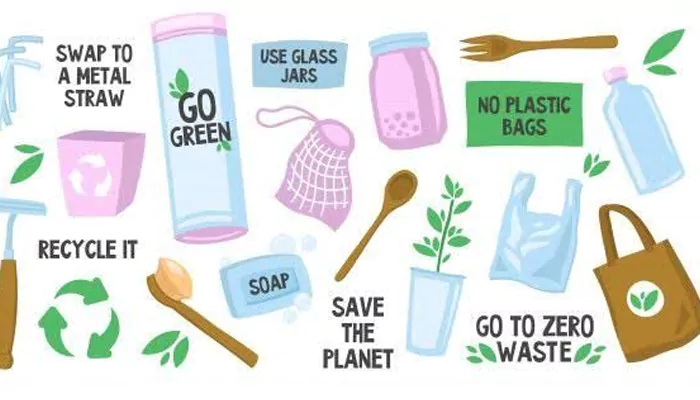
While we talk about sunburn or dehydration, there’s another silent summer killer that many overlook — heatstroke.
From sizzling deserts to the humid coastlines, the sun shows no mercy to anybody in summer. And Indian summer is brutal in truest sense. Let’s find out what heatstroke really is, how to distinguish, and most importantly, how to beat the heat.
What Is Heatstroke?
One of the most serious heat-related illnesses, heatstroke happens when human body temperature increases beyond 104°F or 40°C due to prolonged exposure to high temperatures, often associated with dehydration. Simply, during heatstroke, body overheats and can't cool down properly.
Unlike other summer related problems, heatstroke is beyond the feeling of dizziness or tired. If not treated immediately, heatstroke can cause brain damage, heart ailments, kidneys, and muscles related issues— even it can be fatal.
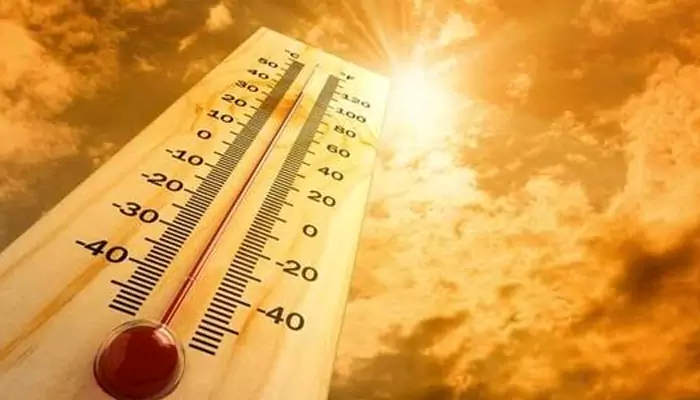
Warning Signs: Understand What Your Body Might Be Telling You
Never ever ignore following symptoms:
High body temperature: You core body temperature, if increases above 104°F is a red flag.
No sweating: Our body tends to dehydrate frequently in summer season, but heatstroke is associated with hot and dry skin.
Confusion or slurred speech: Just before heatstroke, people feel dazed, irritated, or disoriented.
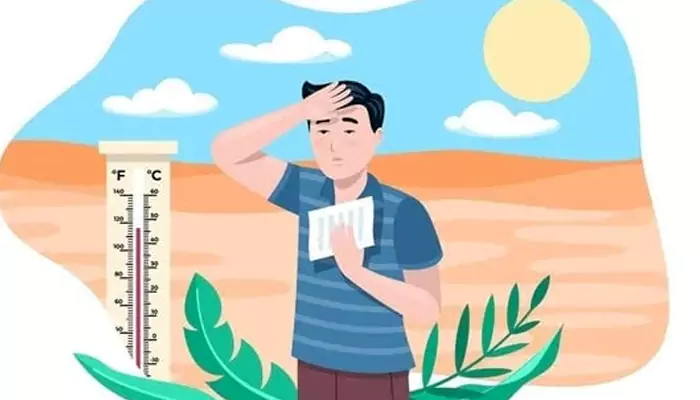
Rapid heartbeat and breathing: As body tries to cool itself down rapidly, heartbeat and breathing increases.
Nausea and vomiting: A major warning sign of heatstroke is nausea associated with vomiting.
Headache: Heatstroke is generally associated with a throbbing pain in head.
Red, hot, and dry skin: People may look flushed and feel overheated.
Immediate Action: If you are with someone who suddenly stops sweating or starts acting confused under the sun, don’t waste the time. Move them to the shade, pour some water, and call for medical help as soon as possible.
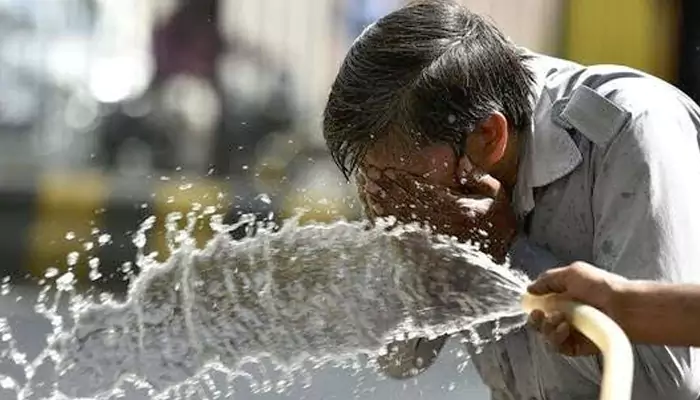
Who’s at Risk?
Elderly people and children are at huge risk along with outdoor workers including farmers, traffic police, and construction laborers. People with history of heart issues can also be affected. Do you take less amount of water even in summer? This can also promote the risks of heatstroke. Even if you are young and healthy, never take the heat lightly, especially during noon and morning.
Smart Prevention: Steps to Outsmart the Sun
Following are some easy and practical tips be cool and safe in summer:
Hydration Holds The Superpower:
Even if you are not thirsty, drink water every hour, literally. Carry a bottle everywhere. If you feel bored, make a habit of consuming coconut water, lemon water, buttermilk, and ORS solutions.
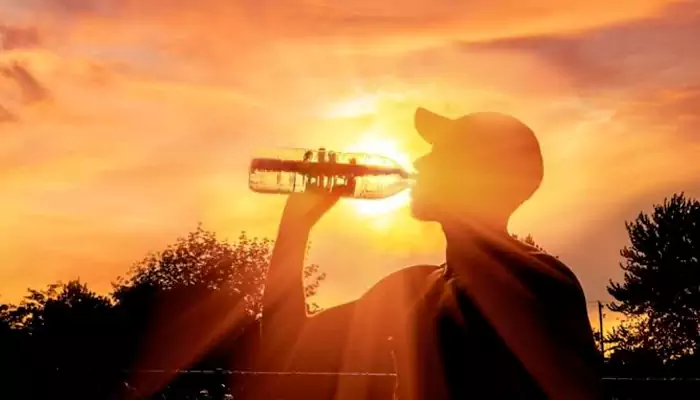
Proper Dress for the Heat:
Always wear lightweight, loose-fitting cotton clothes in summer. Avoid black and other dark colours. And of course, don’t forget to carry hat or umbrella while going out.
Stay Indoors During Peak Hours: The sun becomes fiercest between 11 AM and 4 PM. Of possible, stay indoor during that time.
Cool Down Your Home: Close the curtains and use fans wisely. Ensure to take cool shower twice a day.
Know the Signs & Act Fast: It's important to act immediately of someone is facing the symptoms of heatstroke. Keep sponge with cold water and fluids ready.
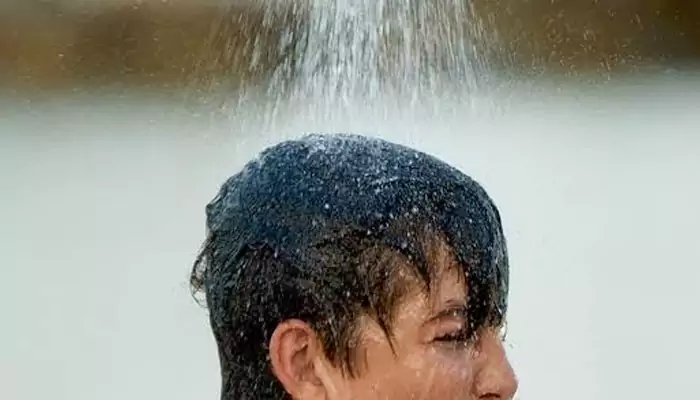
Myth vs Facts
There is a common misconception that heatstroke happens to people who are involved in physical work during summer. However, the truth is sitting in hot and closed room without much ventilation can also trigger heatstroke. So, you must take precautions.
Every summer, thousands of people suffer from heat-related illnesses. But with proper awareness and a few lifestyle changes, we can ensure safety.
Stay cool. Stay alert. Next time you step out, be water-ready, sun-ready, and heat-ready.




